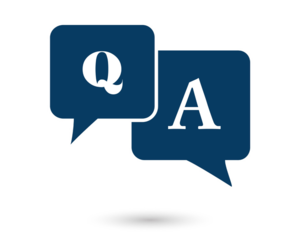“How do you approach treating children with myopia?”
My daughter was diagnosed with myopia. How do you approach treating children with myopia?
3 Answers
OphthalmicSurgeonOphthalmologist
Myopia, or near-sightedness, often worsens as the eye grows longer from front to back during development. This excessive elongation can severely blur vision and increase the risk of serious eye conditions, such as retinal tears or scarring. When young children are diagnosed with myopia, it’s important to have a thorough discussion with their parents about the various treatment options available to slow its progression and reduce the risk of long-term complications.
Promising treatments include the daily use of low-dose atropine eye drops or distance-center multifocal contact lenses. Another effective option is orthokeratology, where specialized rigid lenses are worn overnight to gently reshape the cornea. This not only slows myopia progression but also offers temporary vision correction, reducing the need for daytime glasses.
Regular visits throughout the year are essential for carefully monitoring vision changes in young patients and fine-tuning treatments to achieve the best possible outcomes.
Promising treatments include the daily use of low-dose atropine eye drops or distance-center multifocal contact lenses. Another effective option is orthokeratology, where specialized rigid lenses are worn overnight to gently reshape the cornea. This not only slows myopia progression but also offers temporary vision correction, reducing the need for daytime glasses.
Regular visits throughout the year are essential for carefully monitoring vision changes in young patients and fine-tuning treatments to achieve the best possible outcomes.
Totally depends upon the age of the child, the degree of myopia, and how quickly the myopia is developing. For example, a prescription of -1.00 is treated completely differently if we're dealing with a 12 year-old as opposed to a three-year-old.
Jason Randall Smith
Optometrist
This question is best answered based on how old your daughter is? Based on her age and a willingness and ability to place something into her eye, contact lenses may be an option as are glasses at any age. Refractive surgery is usually not considered until a child's eyes have reached a stable and consistent prescription status, usually at 18-21 years of age, but this can vary and will vary from surgeon to surgeon. Generally speaking, most LASIK eye surgeons agree on 25-40 as the ideal age range for LASIK eye surgery candidacy for a few reasons. By the age of 25, eyeglasses and contact lens prescriptions have most likely stabilized. A stable prescription is one of the hallmarks of a good LASIK candidate. Here is a good website: https://www.hodgeseyecare.com/what-is-the-best-age-to-get-lasik/blog
Whatever options that you are considering, please discuss all of your questions and concerns with your eye doctor whether it be an optometrist or a refractive surgeon/ophthalmologist. Good luck and best wishes.
Whatever options that you are considering, please discuss all of your questions and concerns with your eye doctor whether it be an optometrist or a refractive surgeon/ophthalmologist. Good luck and best wishes.



